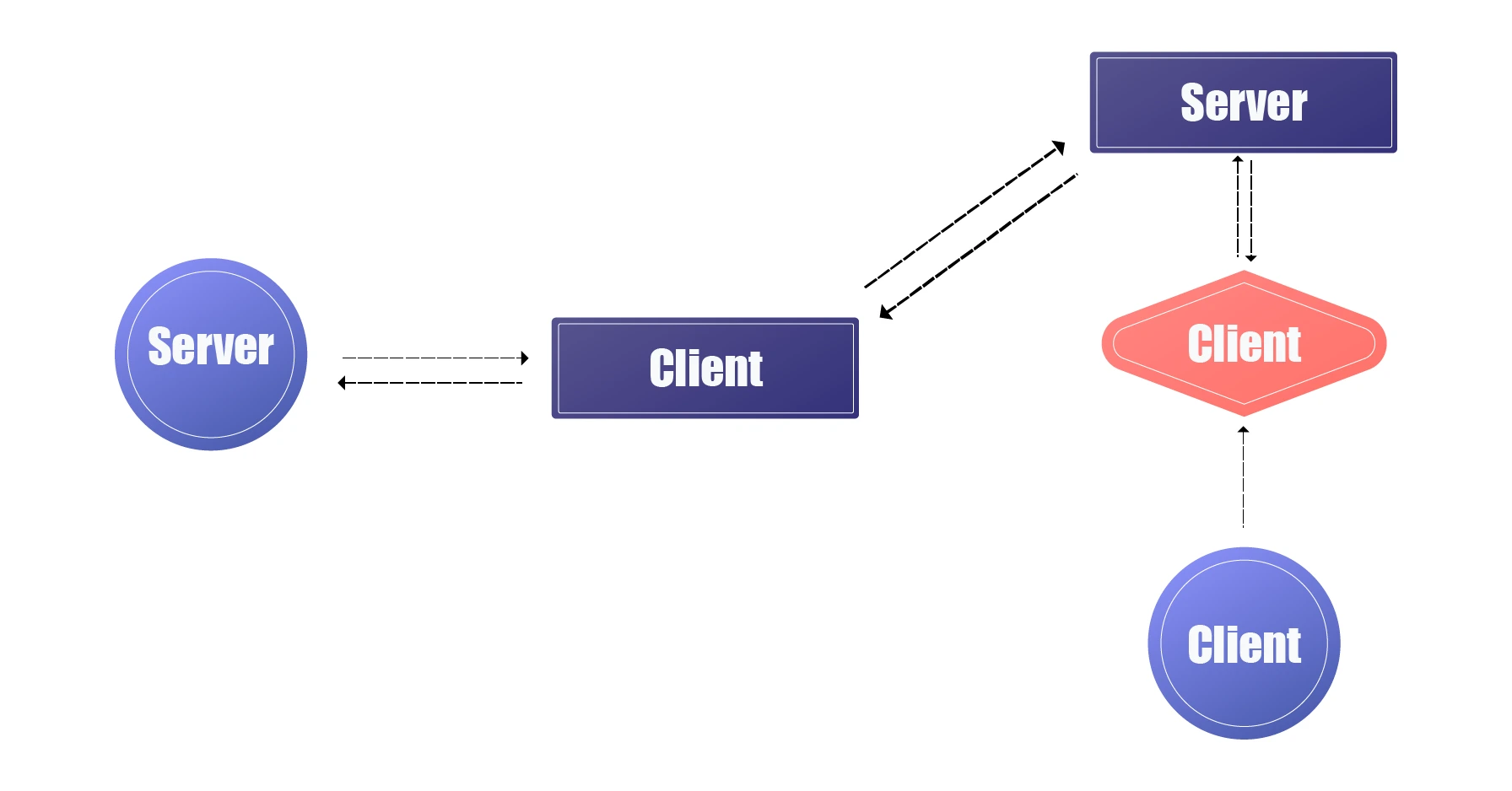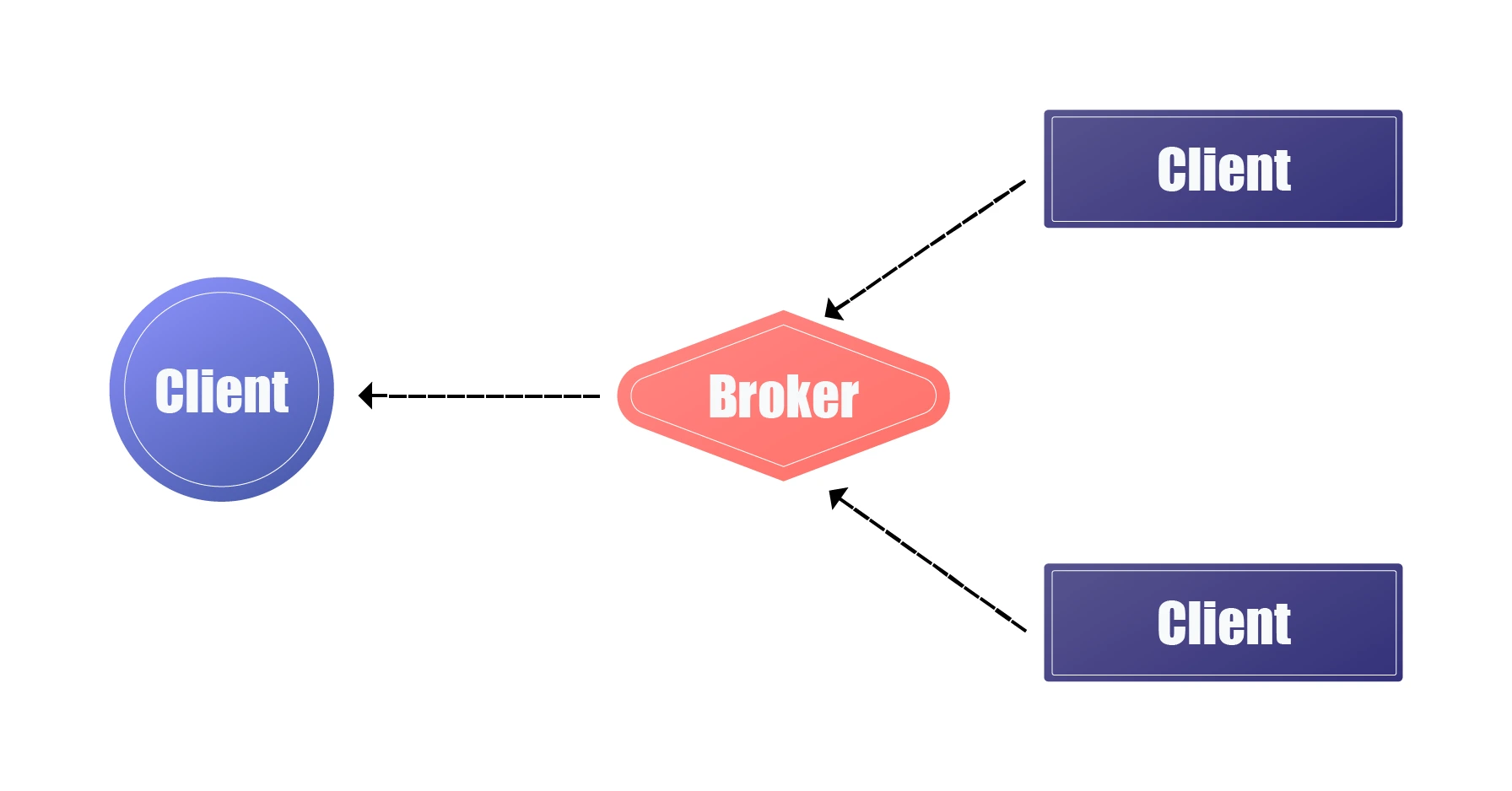In the world of IoT, MQTT vs CoAP are like special languages that help devices talk to each other. This article explains what MQTT and CoAP are, their features, how they work, and the differences between them. Understanding these things is important when choosing the right way for devices to communicate in IoT, based on what the devices can do and the needs of the specific project.
Definition of MQTT
MQTT, or Message Queuing Telemetry Transport, is a simple and open messaging system for IoT. It helps devices talk to each other without waiting around. It's great for IoT because it can handle different situations and is commonly used for quick, low-data tasks in the Internet of Things.
Features of the MQTT
Message Queuing Telemetry Transport is excellent for IoT because it makes devices talk easily. It's lightweight, good for devices with fewer resources, and keeps communication secure while managing lots of data efficiently in IoT applications. When comparing MQTT vs CoAP, the choice depends on the project needs, considering communication patterns, device constraints, and specific IoT project requirements. Each protocol has strengths, and the decision is influenced by these factors in the Internet of Things (IoT) application.-
Definition of CoAP
CoAP, or Constrained Application Protocol, is a special web protocol for IoT. It helps simple devices in networks with little data and not much availability to talk to each other. It's often used for things like smart energy and building automation, making it easier for IoT devices with limited resources to communicate efficiently.
Features of the CoAP
In the conflict of MQTT vs CoAP, A Constrained Application Protocol, is made for IoT devices with limited resources. It helps devices talk efficiently, using a simple design over the internet. CoAP allows real-time updates in low-data situations, and its security features keep data safe. It's good for IoT applications that need easy communication and work well even with devices that don't have a lot of resources.
The Architecture of MQTT And CoAP
MQTT

MQTT works like a chat where many devices can talk without knowing who's sending or receiving. There are two main parts to this system.
- Client
- Broker
In MQTT, devices can share messages with a middleman called the broker. The devices that need the messages can ask the broker for them. This helps in keeping who sends and who gets messages separate. The broker handles getting all messages, organizing them, figuring out who needs each message, and passing them on to the interested devices.
CoAP

CoAP operates on a client-server architecture, supporting one-to-one communication. Similar to MQTT, CoAP also consists of two main components:
- Client
- Broker
In CoAP, devices can request data from servers in a certain way, and the servers send the requested data. CoAP is like HTTP, supporting actions such as getting data, sending data, updating data, and deleting data. It can work with HTTP and RESTful systems through proxies.
What is MQTT and CoAP protocols in IoT?
In embedded systems, where resources such as memory, processing power, and energy are limited, both MQTT and CoAP provide solutions that minimize the overhead of communication protocols. These protocols are designed to be efficient, scalable, and suitable for devices with constraints commonly found in embedded systems.
MQTT and CoAP are important ways for things like smart devices to talk to each other. MQTT IoT lets devices share messages by publishing them to topics, and others can subscribe to those topics to get the messages. MQTT is lightweight and great for devices with not a lot of resources, ensuring messages are delivered reliably.
CoAP, made for small devices, talks in a simple way using RESTful architecture. It works well in places with slow internet, uses less data efficiently, and can observe real-time changes. When thinking about CoAP in IoT, choosing between CoAP and MQTT depends on the project like how much power the devices have and how they like to talk. Each protocol is good at different things, so it's about picking what suits the IoT application and the devices.
Difference Between MQTT and CoAP IoT Protocol
CoAP protocol vs MQTT Protocol, are important ways for things like smart devices to talk to each other. MQTT works like sending letters to different places, while CoAP is like chatting with a friend and using simple rules. MQTT is great for many IoT scenarios, while CoAP is perfect for small devices and areas with slow internet. Choosing between them depends on what the project needs and how the devices can best talk to each other in the world of the Internet of Things (IoT).
| Feature | MQTT | CoAP |
|---|---|---|
|
Communication Model |
Publish/subscribe |
RESTful architecture with standard HTTP methods |
|
Operation |
Uses a topic-based approach for messaging |
Follows a RESTful model with resource identification |
|
Protocol |
Primarily uses TCP, but variants may use other transport protocols |
Operates over UDP, suitable for constrained networks |
|
Asynchronous Support |
Supports asynchronous communication |
Supports asynchronous and confirmable messages |
|
Observing Resources |
Does not inherently support resource observation |
Allows devices to observe resources for real-time updates |
|
Security |
Supports security features like authentication and authorization |
Includes security features such as Datagram Transport Layer Security (DTLS) |
|
Integration |
Commonly used in various IoT applications |
Designed for easy integration with existing web technologies |
In comparison to MQTT vs CoAP, both are different in how they talk and handle messages. Choosing between them depends on what a project needs in the world of IoT.
Conclusion
In conclusion, choosing between MQTT vs CoAP is like picking between efficient messaging (MQTT) and adaptability to limited resources (CoAP). MQTT works like sending letters to many, while CoAP is like chatting with one, making it suitable for low-bandwidth situations. MQTT uses TCP, and CoAP uses UDP, fitting different IoT needs. The choice depends on the project and what devices can do, both playing important roles in the world of the Internet of Things.
Frequently Asked Questions
Ans. Whether CoAP or MQTT is better depends on the IoT project's needs. CoAP suits resource-constrained devices and low-bandwidth networks, while MQTT is great for scalable and efficient communication in various IoT scenarios.
Ans. MQTT may have issues like using more network resources, security problems if not set up correctly, and difficulties with very large deployments. It might not be the best for real-time applications.







